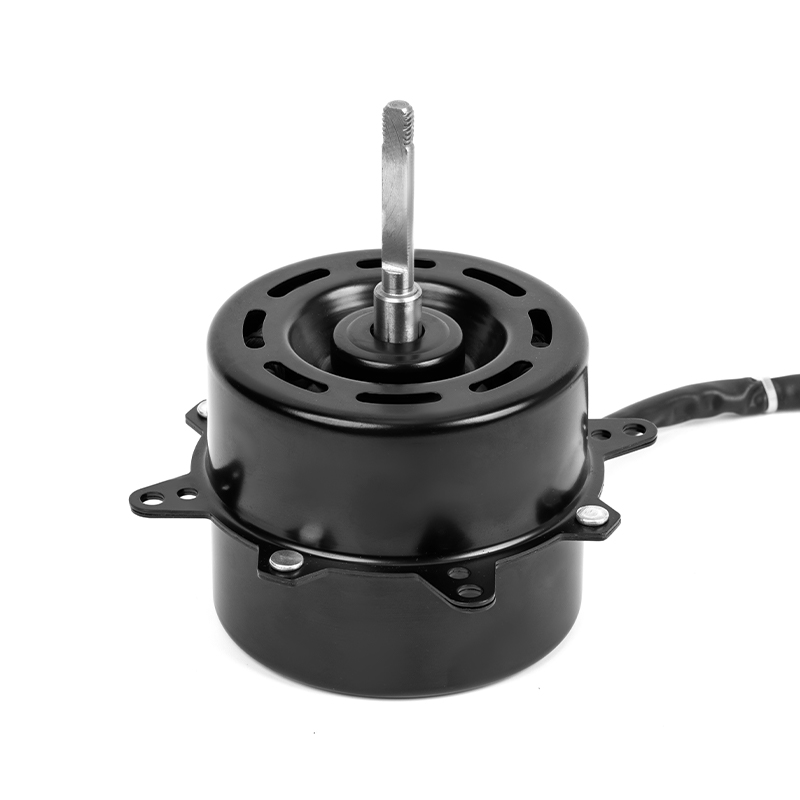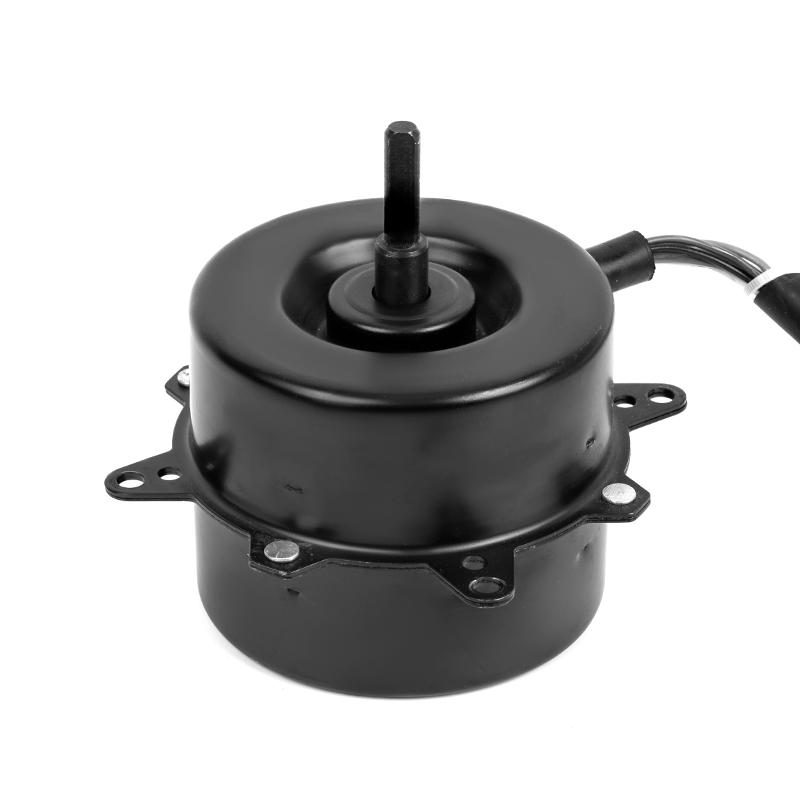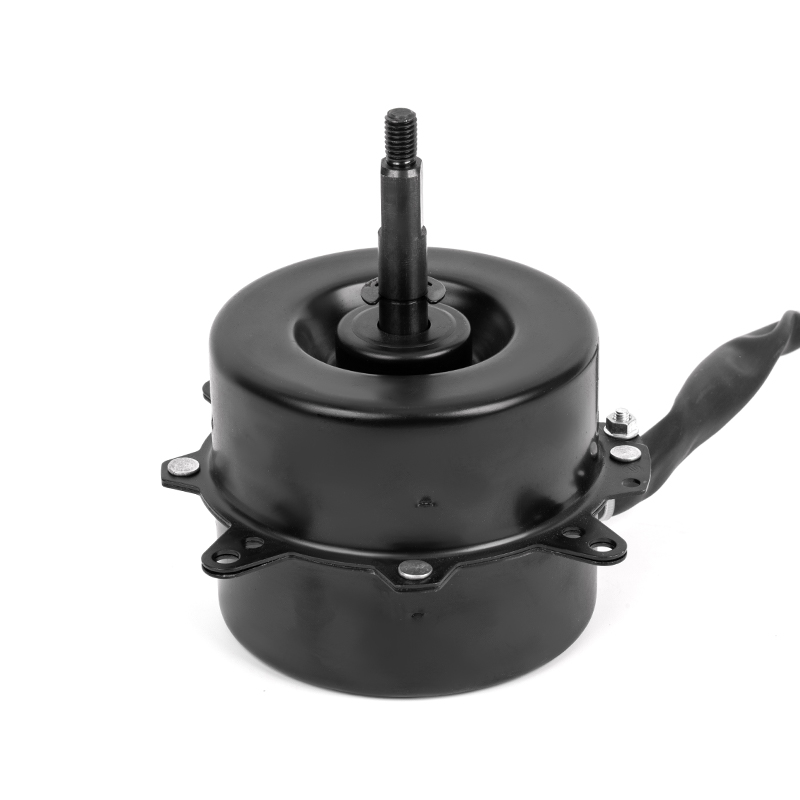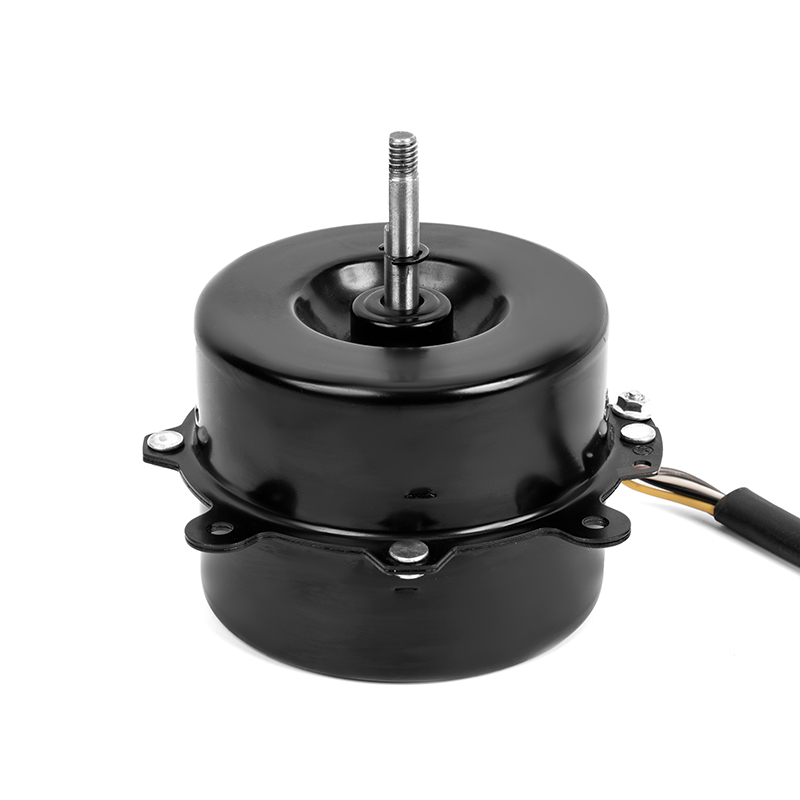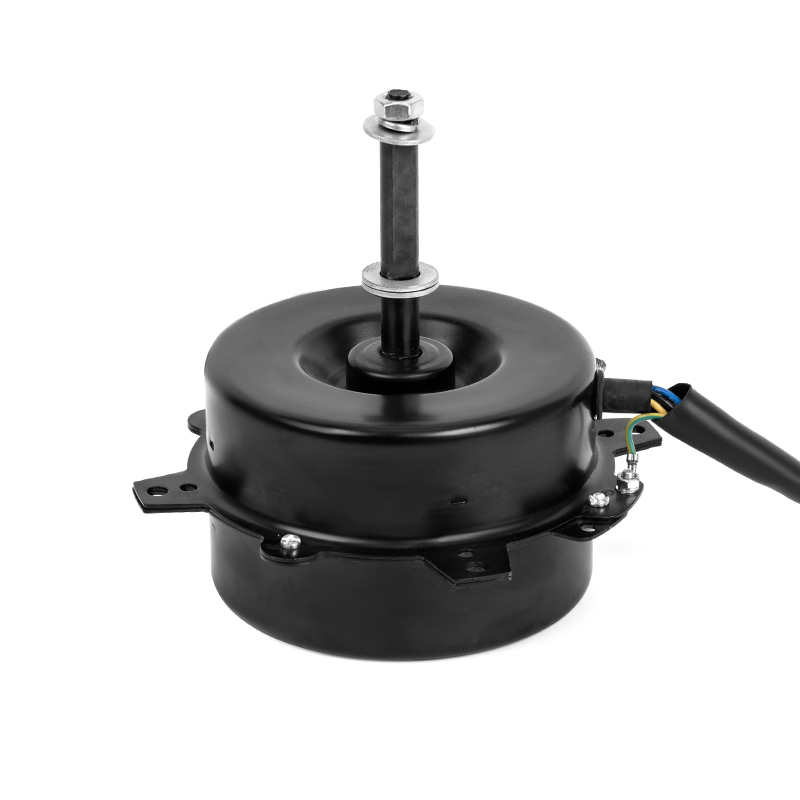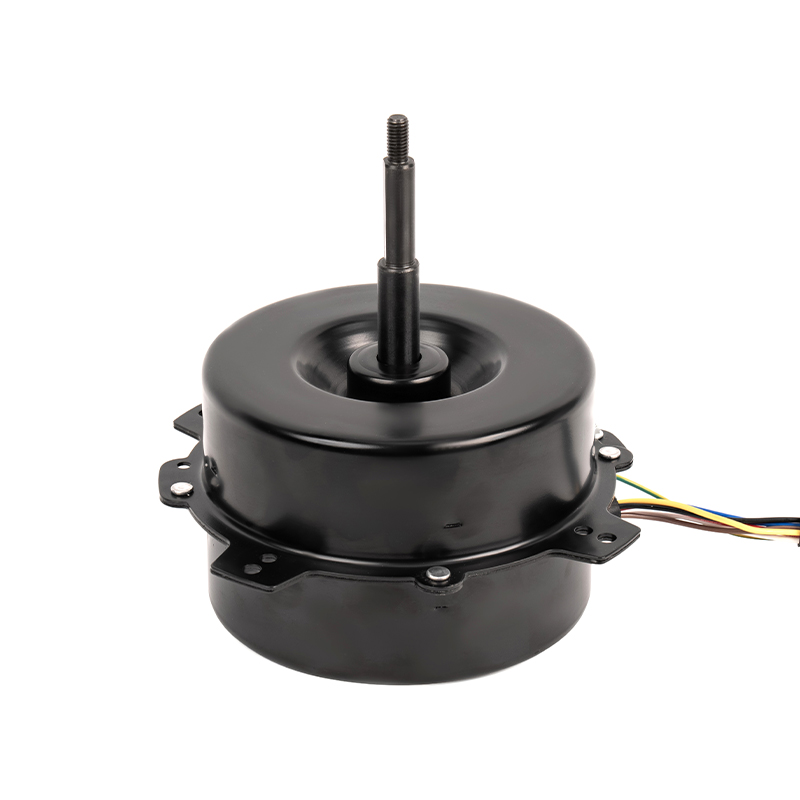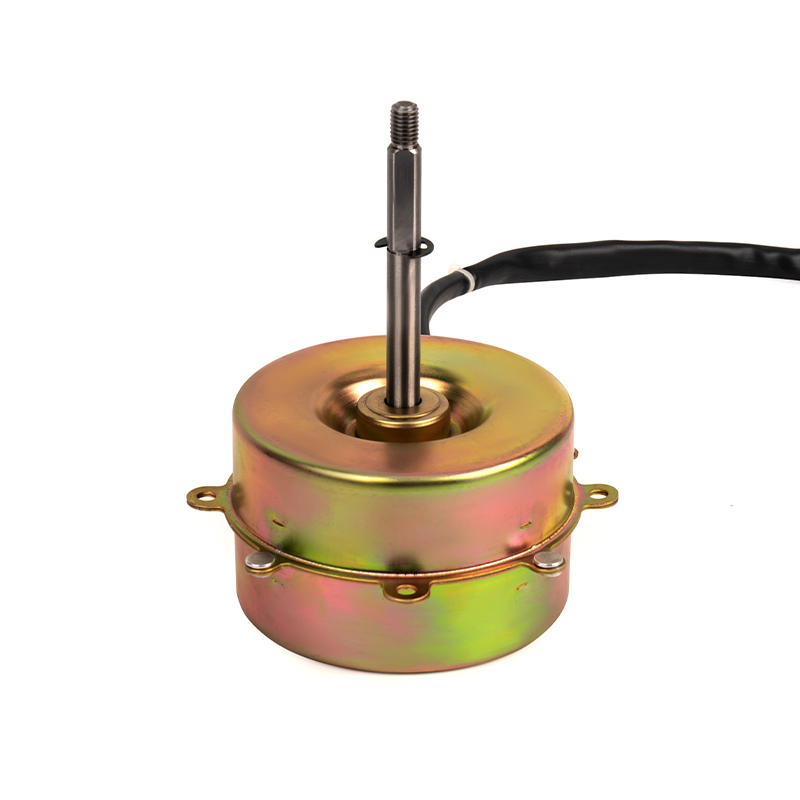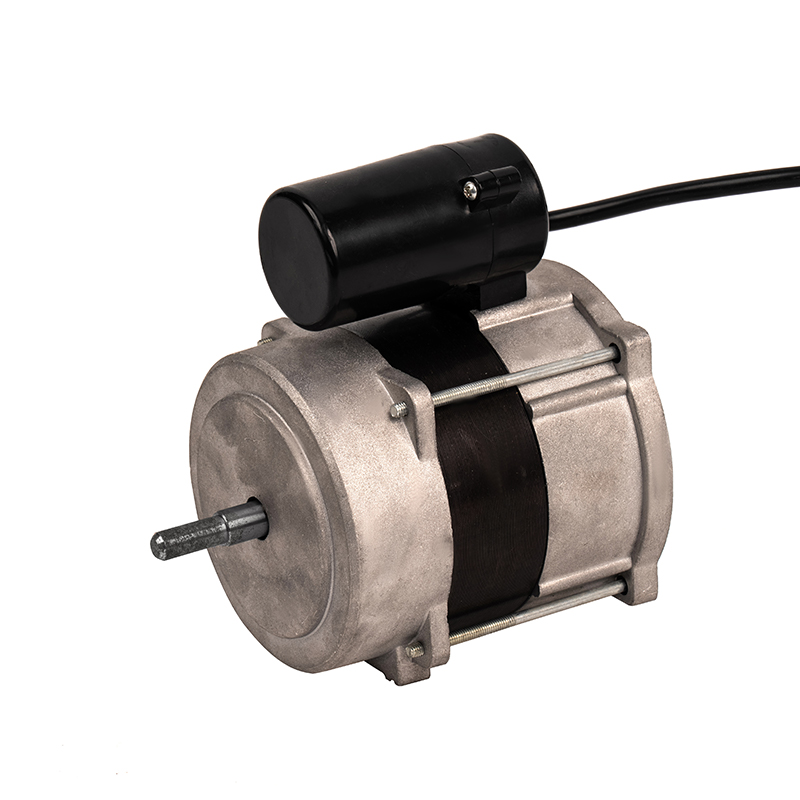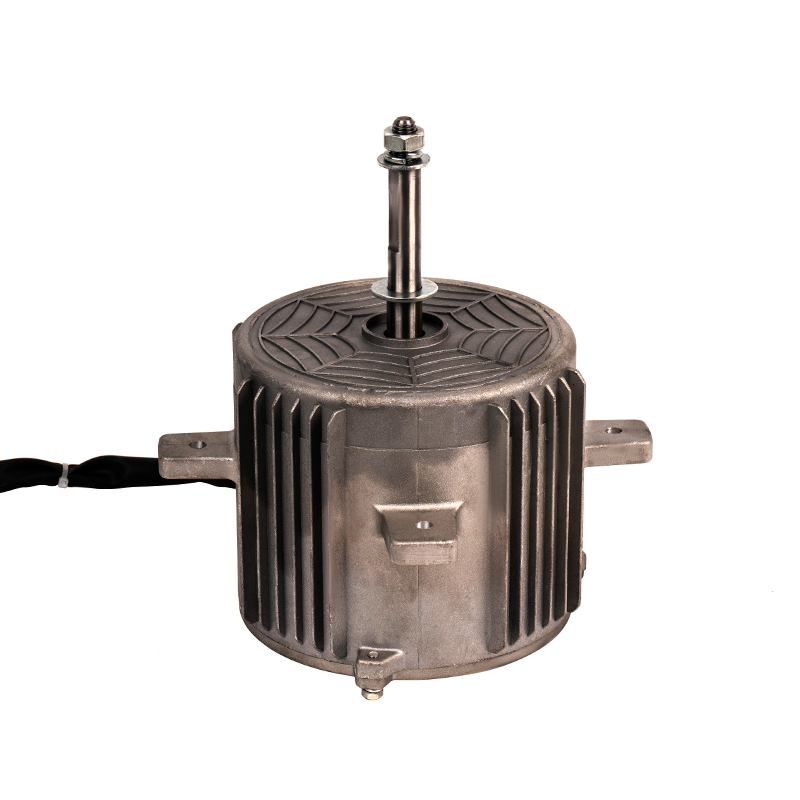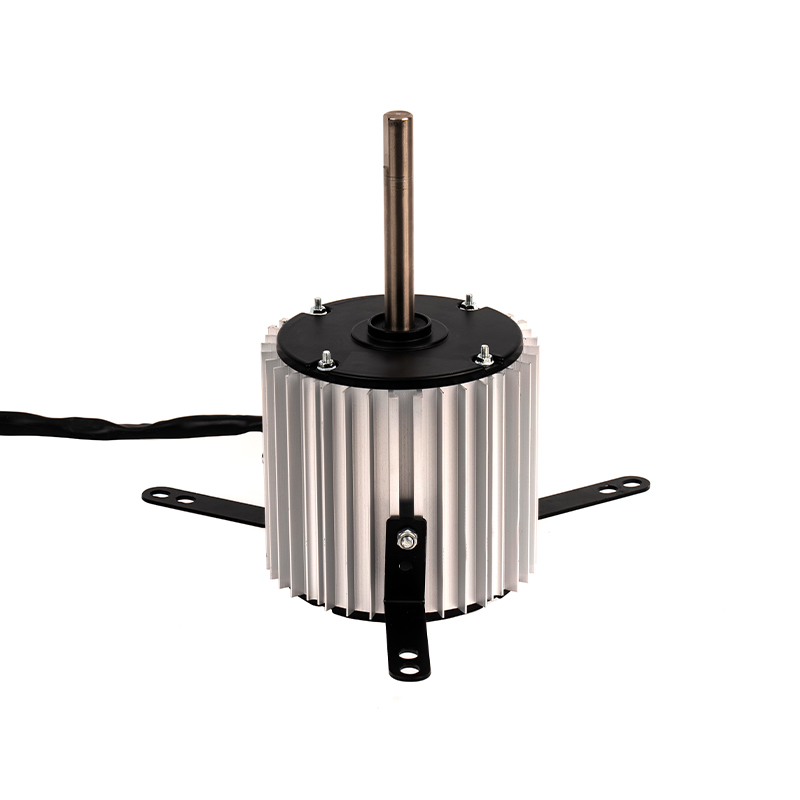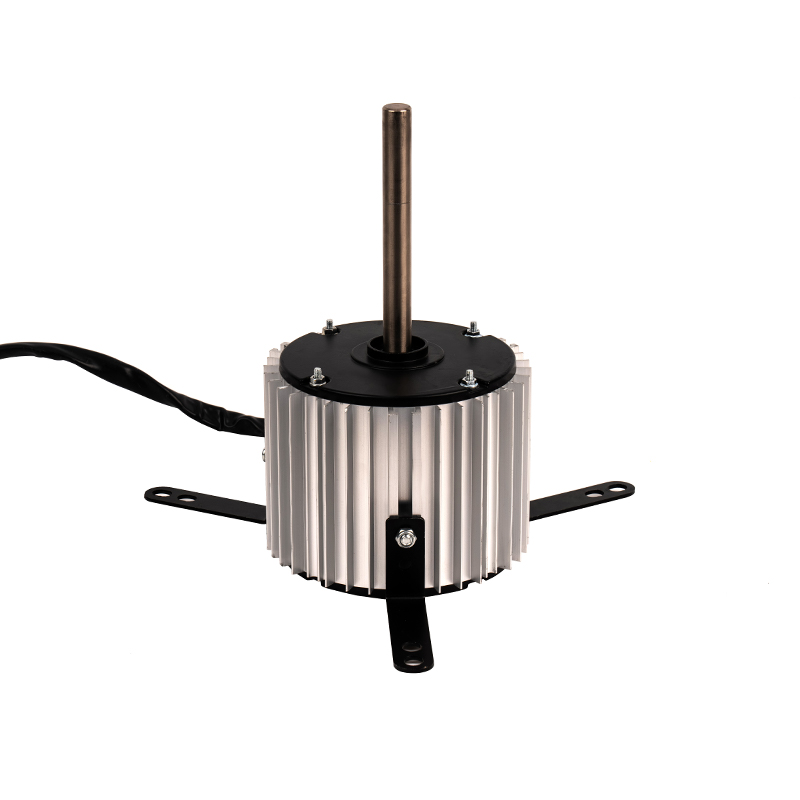Single-phase cooling fan AC motors operating in environments with elevated temperatures encounter substantial thermal stress arising from both internal electrical losses and the surrounding ambient heat. Internally, losses such as winding resistance (I²R losses) and core eddy currents generate heat during motor operation. When combined with high external temperatures—such as those found in industrial settings, outdoor HVAC units exposed to direct sunlight, or enclosed electrical cabinets—this heat accumulates and elevates the motor’s internal temperature. Excess heat accelerates degradation of insulation materials, causes lubricant breakdown in bearings, and induces thermal expansion in motor components. These factors collectively reduce motor efficiency, increase vibration and noise, and accelerate mechanical wear, potentially leading to premature failure. Therefore, assessing motor performance under thermal stress is vital for applications demanding reliability and longevity.
To enhance durability under thermal stress, single-phase cooling fan AC motors employ insulation systems rated to higher temperature classes, commonly Class F (155°C) or Class H (180°C). These insulation materials comprise high-grade varnishes, tapes, and fibers capable of withstanding elevated temperatures without significant loss of dielectric properties. By resisting thermal aging and chemical degradation, these materials maintain the integrity of winding insulation over prolonged exposure to heat, preventing short circuits and insulation breakdown that would otherwise cause motor failure. This results in increased mean time between failures (MTBF) and reduces maintenance costs in high-temperature applications.
Effective heat dissipation is essential for maintaining motor performance and longevity. Single-phase cooling fan AC motors integrate various cooling features to manage thermal loads. A common method involves attaching a dedicated cooling fan on the motor shaft, which circulates ambient air across the motor housing to carry away heat. Motor housings often feature finned designs or ventilation slots that increase surface area for improved convective cooling. Some motors utilize thermally conductive materials or special coatings on housings to facilitate rapid heat transfer. In certain high-performance models, forced-air or liquid cooling methods may be incorporated to further regulate temperature, ensuring continuous operation under harsh conditions.
To safeguard motors from excessive thermal stress, many single-phase cooling fan AC motors include integrated thermal protection devices such as thermal switches, thermostats, or Positive Temperature Coefficient (PTC) thermistors embedded directly within the winding assembly. These devices continuously monitor temperature and respond to overheating events by either shutting down the motor or reducing its operating load. This proactive protection prevents irreversible damage due to overheating, minimizes downtime, and extends motor lifespan. Thermal protection is especially critical in applications where motor failure can lead to safety hazards or costly interruptions, such as in medical equipment or industrial process controls.
Thermal management extends to the selection of motor components and their mechanical design. Stator cores and rotors are constructed from materials with low thermal expansion coefficients, such as silicon steel laminations, to minimize dimensional changes that could affect air gap uniformity and magnetic performance. Motor housings may be engineered with expansion joints or flexible mounting points that allow for controlled thermal expansion without inducing mechanical stress or misalignment. These design considerations preserve critical tolerances within the motor, ensuring smooth rotation, reduced noise, and consistent electromagnetic performance despite temperature fluctuations.



 English
English عربى
عربى ++86 13524608688
++86 13524608688